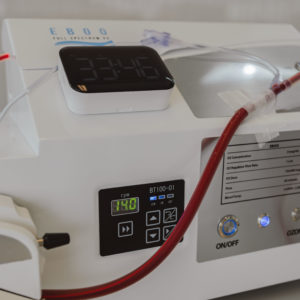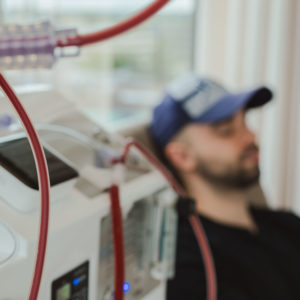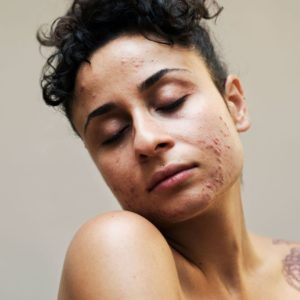3 min|Integrative
Smoothing Out Your Perception of Botox
Beauty, Skin HealthA Modern Softening of The Signs of Aging
When we think of neuromodulators—Botox, Xeomin, Dysport, or Nuceiva—images of smooth, wrinkle-free skin may spring to mind, along with the occasional stereotype of overdone treatments. But the reality of neuromodulator use goes far beyond these clichés. Today’s approach to these treatments is more refined, focusing on subtle, natural results that enhance your appearance without compromising your expression.
The History of Neuromodulators
The active component in neuromodulators is derived from Clostridium botulinum, a bacterium that, in its natural form, can cause botulism. However, its ability to block nerve signals has been harnessed for medical use. First discovered by ophthalmologist Dr. Alan Scott as a treatment for strabismus (lazy or crossed eyes), neuromodulators have since been used for a wide range of conditions, both medical and aesthetic.
How Do Neuromodulators Work?
Neuromodulators work by temporarily relaxing muscles. They do this by inhibiting the release of acetylcholine, a neurotransmitter responsible for nerve impulses that cause muscle contractions. This ability to block muscle movement is what makes them effective in both medical and cosmetic applications.
Indications for Neuromodulators Use
Today, neuromodulators are used for many ailments that are caused by dysfunctional muscle contraction. This includes, but is not limited to the following uses:
• cervical dystonia (involuntary neck spasms)
• chronic migraines
• bruxism (teeth grinding) and,
• incontinence and hyperhidrosis (excessive sweating)
Training and Technique
Administering neuromodulators requires both skill and expertise. Improper placement or dosage can lead to asymmetry or unintended effects. In British Columbia, naturopathic doctors who administer neuromodulators are certified in prescriptive authority and undergo rigorous training, including advanced safety and injection techniques.
At Integrative, our injectors are not only trained in the therapeutic and aesthetic applications of neuromodulators but have also pursued additional certifications in related aesthetic fields. Our philosophy prioritizes a gentle approach—resulting in a modern softening of the signs of aging.What to Expect —— Neuromodulators at Integrative
A neuromodulator treatment session is straightforward, minimally invasive, and requires no downtime. Key benefits include:• Temporary wrinkle reduction: Results last up to four months.
• Quick recovery: You can resume your day immediately after treatment.
• A non-surgical option: Less invasive than cosmetic surgery.
Before your treatment, our naturopathic injectors will meet with you for a personalized consultation. During this session, they will assess your goals, provide a detailed plan, and determine if neuromodulators are right for you.
Take the First Step
Curious about how neuromodulators could help you feel more confident—whether addressing a medical concern or achieving a softer, more youthful look? Contact us today to book your consultation. Together, we’ll create a treatment plan tailored to you.Related Articles

3 min|Dr. Alex Chan
EBOO for Chronic Inflammation: A Natural Approach for Systemic Relief
Regenerative Medicine, EBOO Therapy
3 min|Dr. Alex Chan
EBOO Therapy for Autoimmune Conditions: Exploring the Potential Benefits
Autoimmune Disease, Regenerative Medicine, EBOO Therapy


